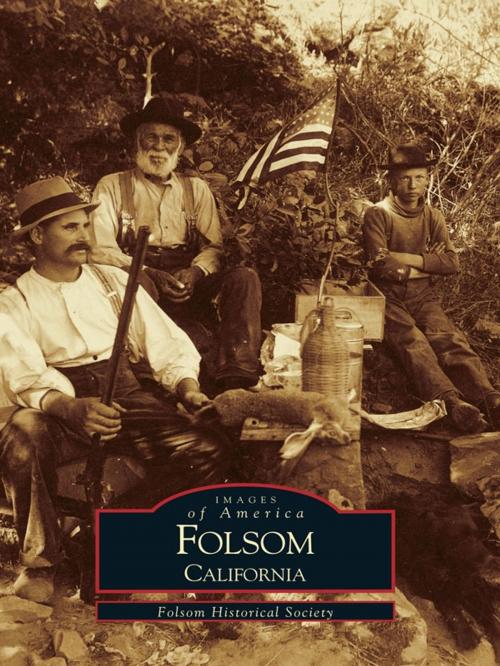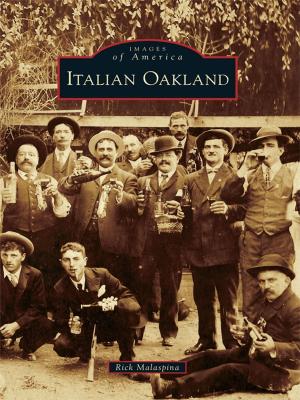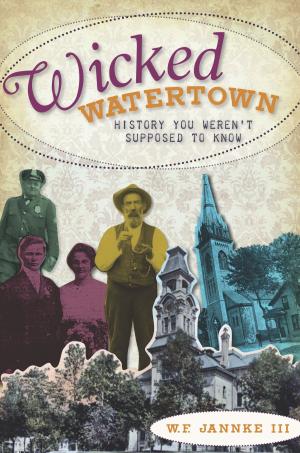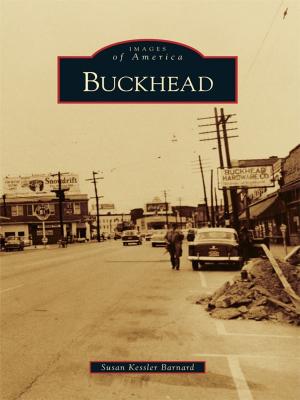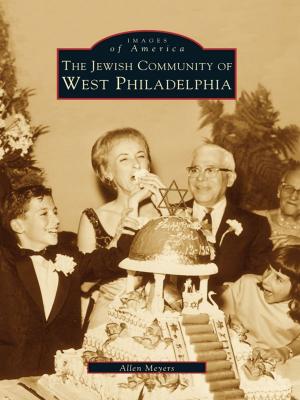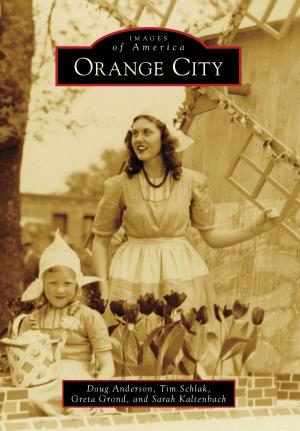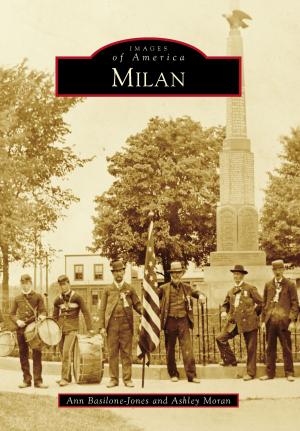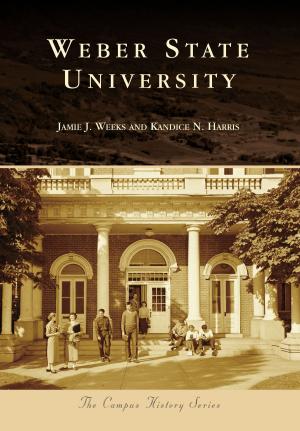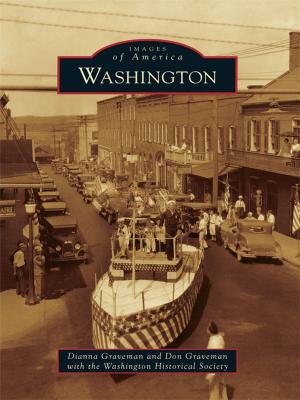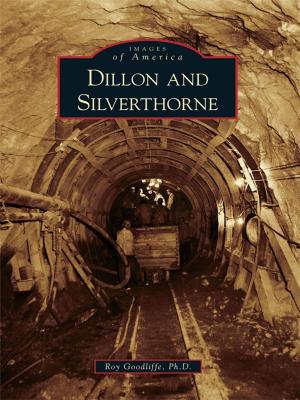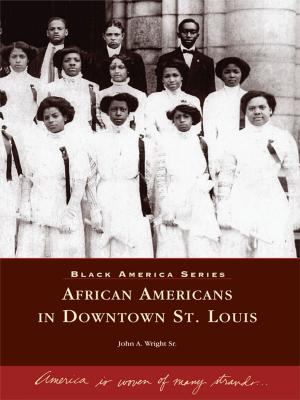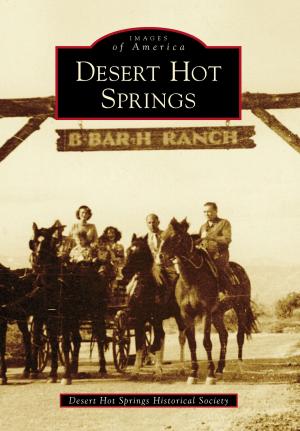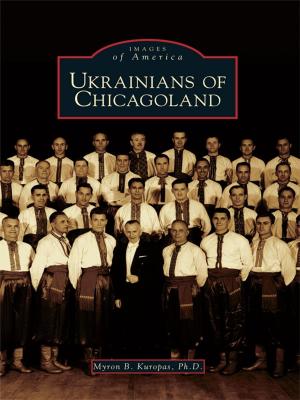| Author: | Folsom Historical Society | ISBN: | 9781439610190 |
| Publisher: | Arcadia Publishing Inc. | Publication: | September 15, 1999 |
| Imprint: | Arcadia Publishing | Language: | English |
| Author: | Folsom Historical Society |
| ISBN: | 9781439610190 |
| Publisher: | Arcadia Publishing Inc. |
| Publication: | September 15, 1999 |
| Imprint: | Arcadia Publishing |
| Language: | English |
With the nearby discovery of gold in 1848, Folsom, which began as a remote camp for trappers and traders, quickly
became a prosperous mining town in the foothills of the Sierra Mountains. When the railroad arrived, Folsom boomed, serving as a transportation hub and gateway to the gold country. Downtown�s Sutter Street became a busy center for merchants, hotels, and commerce, as well as the terminus for the Pony Express. Encompassing 135 years, this book celebrates Folsom�s diverse heritage from its beginnings as �Granite City� to the recent growth attributed to the influx of high-tech corporations. Over two hundred images illustrate its history, including personal glimpses of family and home life, churches, schools, holiday celebrations, local culture, politics, and social organizations, to photographs of well-known landmarks and institutions such as the Cohn House, Sutter Street, the Folsom Powerhouse, the railroad, and of course, the infamous Folsom Prison.
With the nearby discovery of gold in 1848, Folsom, which began as a remote camp for trappers and traders, quickly
became a prosperous mining town in the foothills of the Sierra Mountains. When the railroad arrived, Folsom boomed, serving as a transportation hub and gateway to the gold country. Downtown�s Sutter Street became a busy center for merchants, hotels, and commerce, as well as the terminus for the Pony Express. Encompassing 135 years, this book celebrates Folsom�s diverse heritage from its beginnings as �Granite City� to the recent growth attributed to the influx of high-tech corporations. Over two hundred images illustrate its history, including personal glimpses of family and home life, churches, schools, holiday celebrations, local culture, politics, and social organizations, to photographs of well-known landmarks and institutions such as the Cohn House, Sutter Street, the Folsom Powerhouse, the railroad, and of course, the infamous Folsom Prison.
